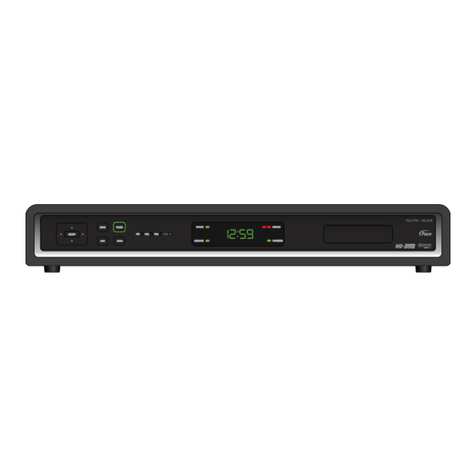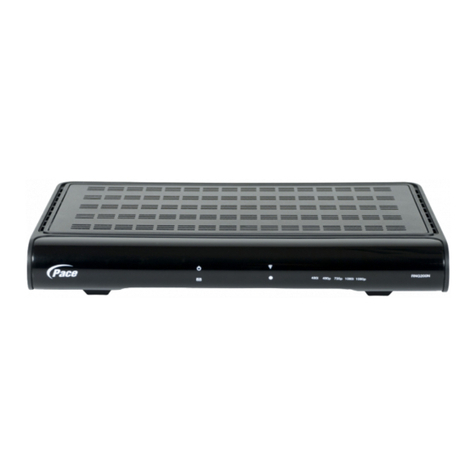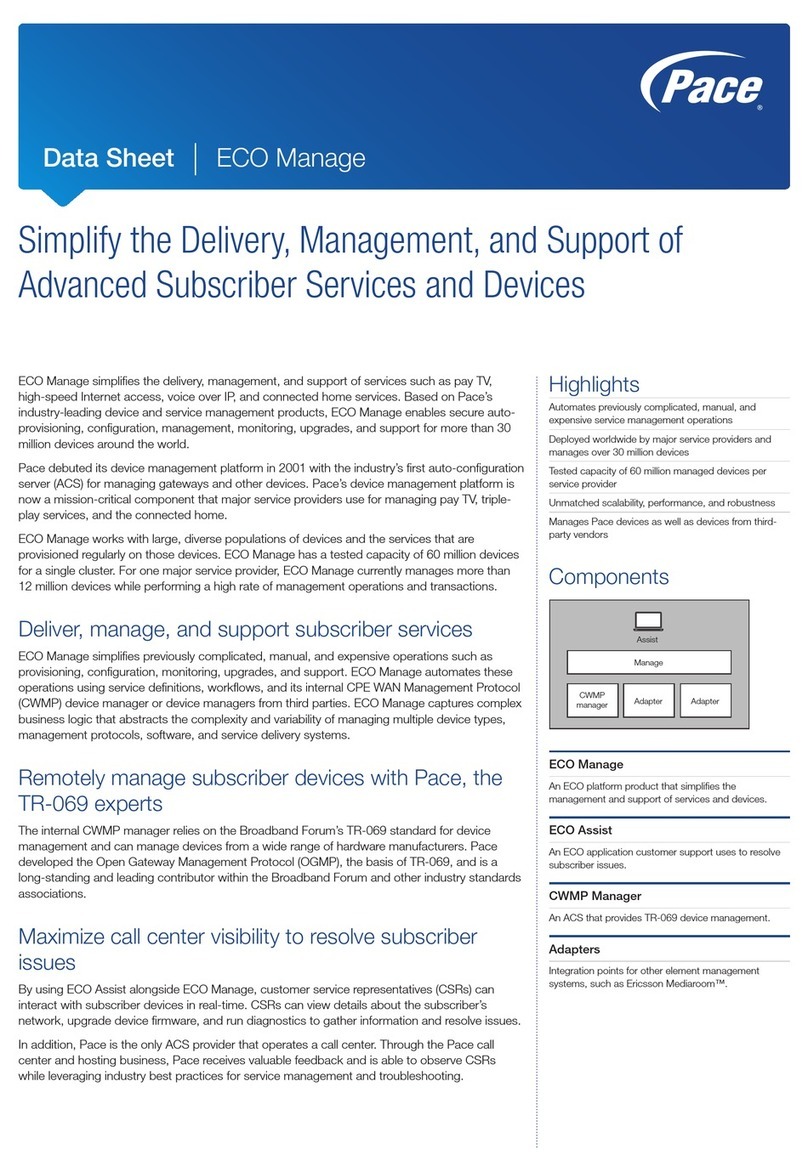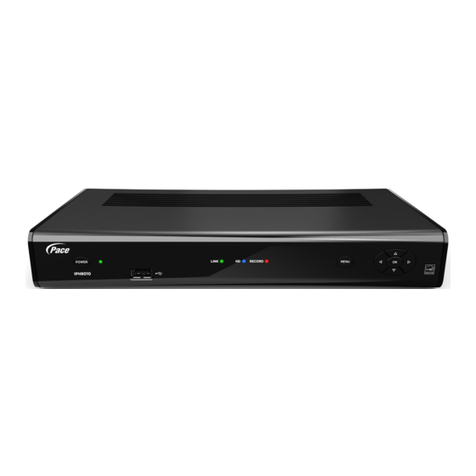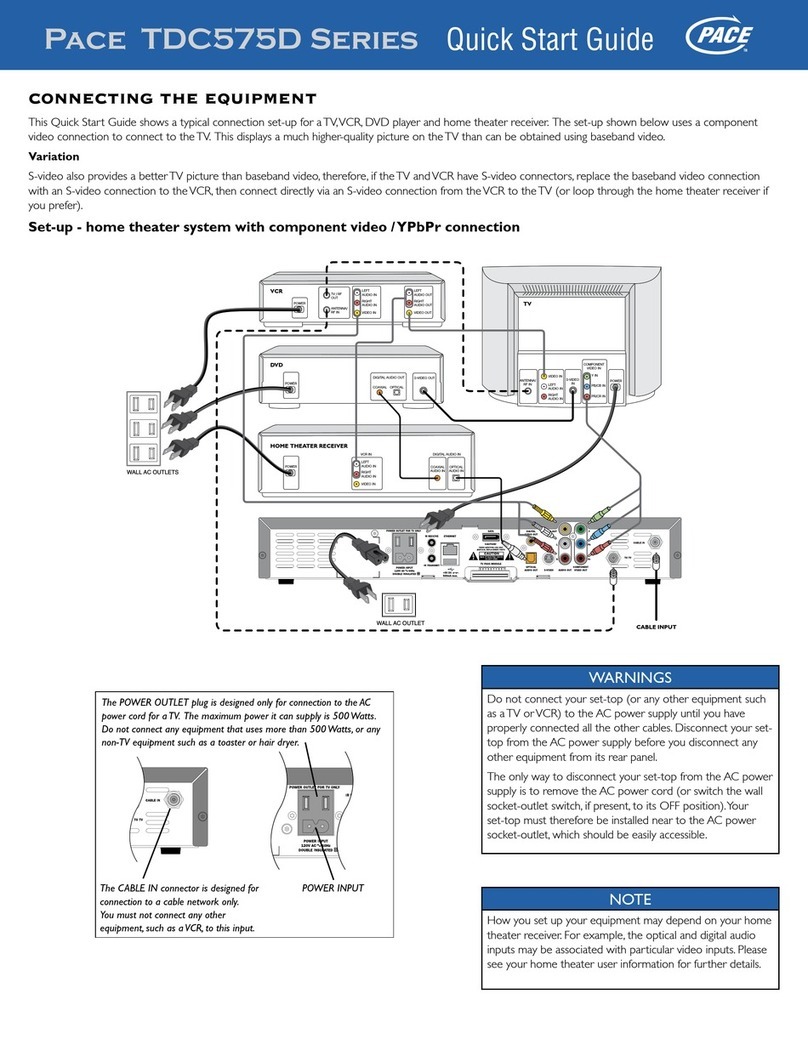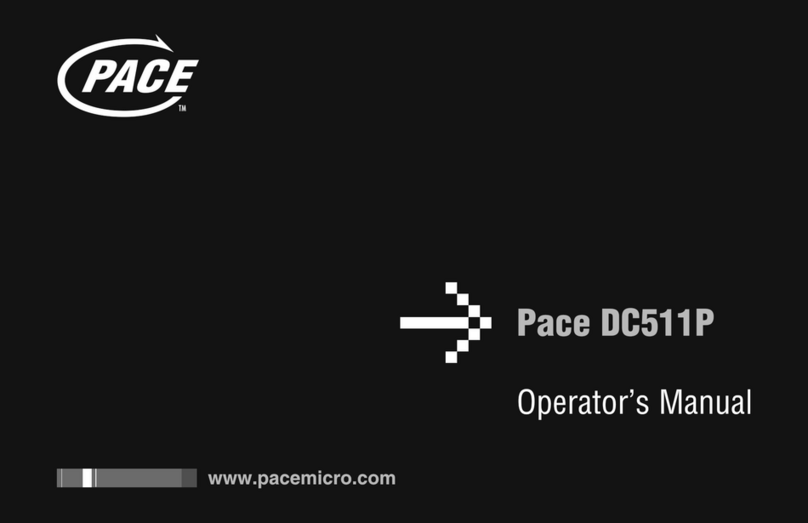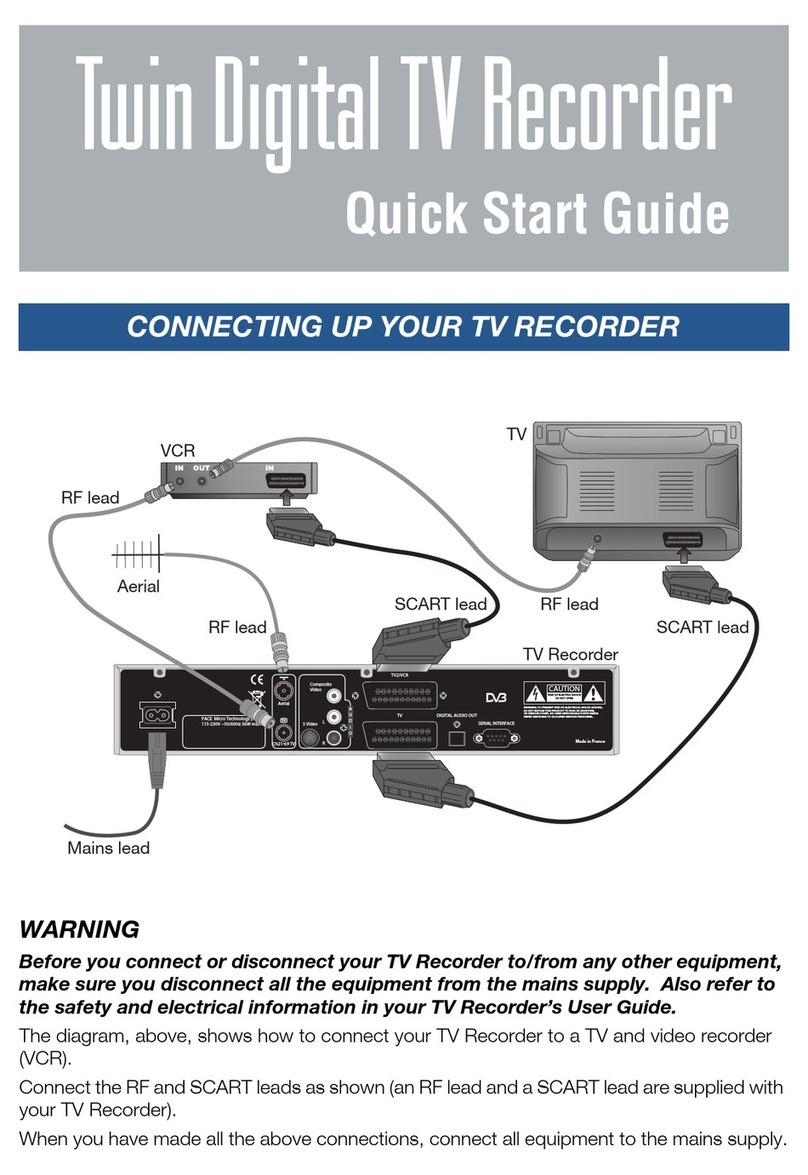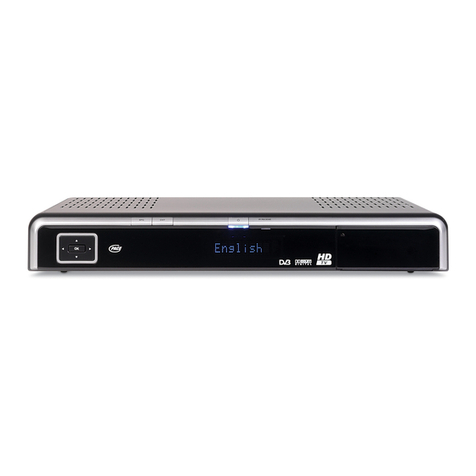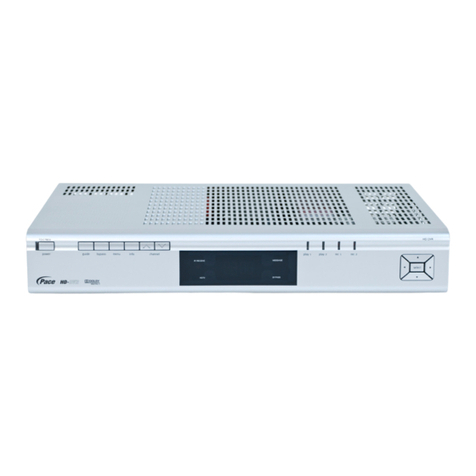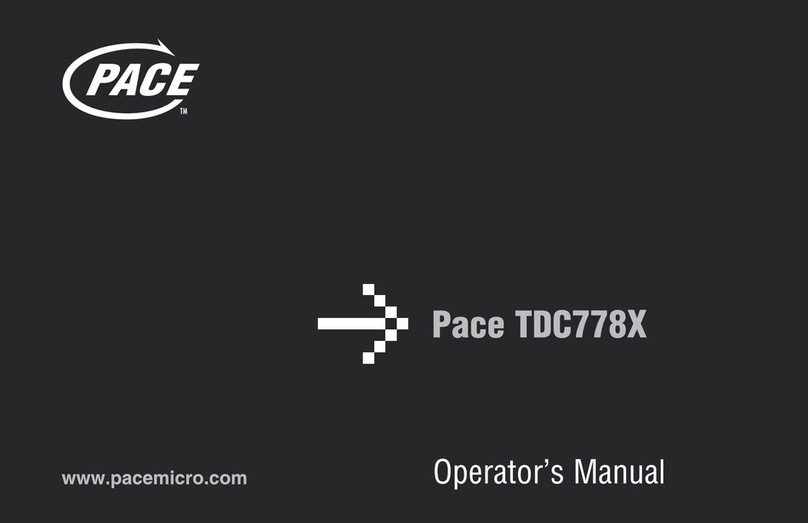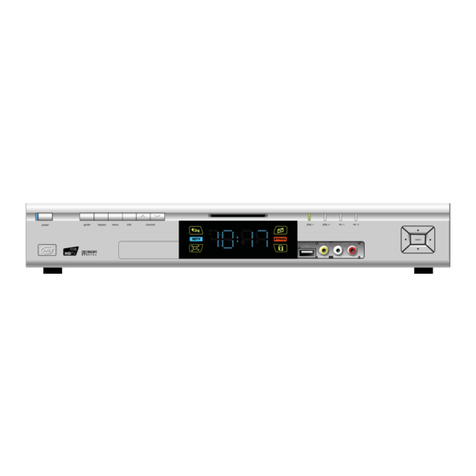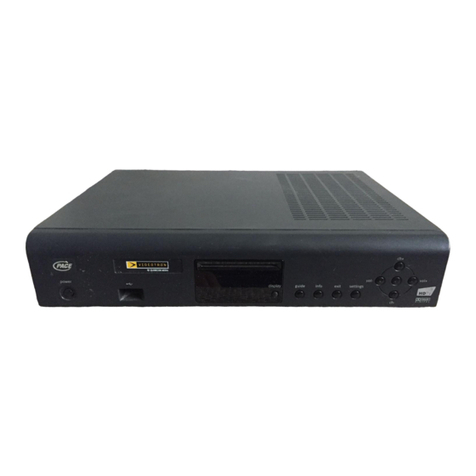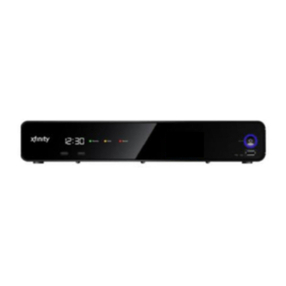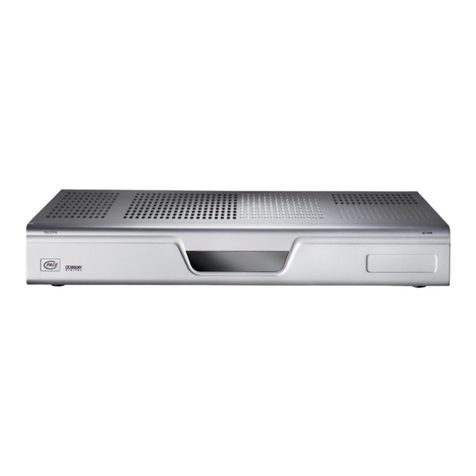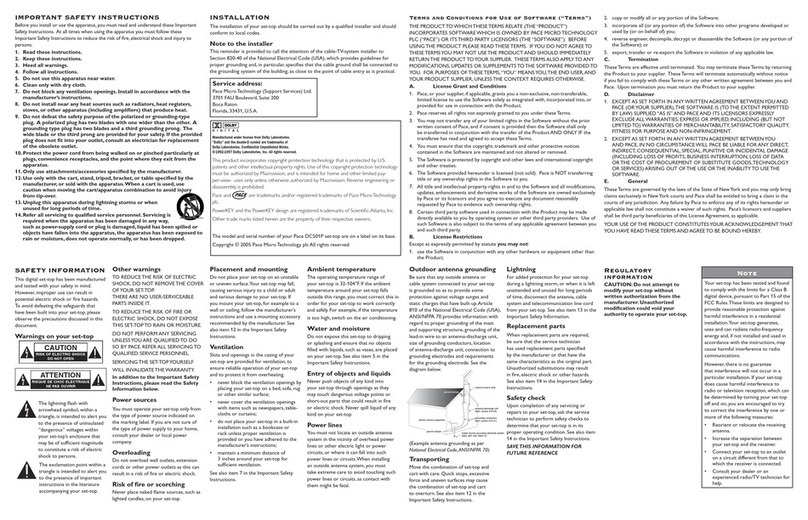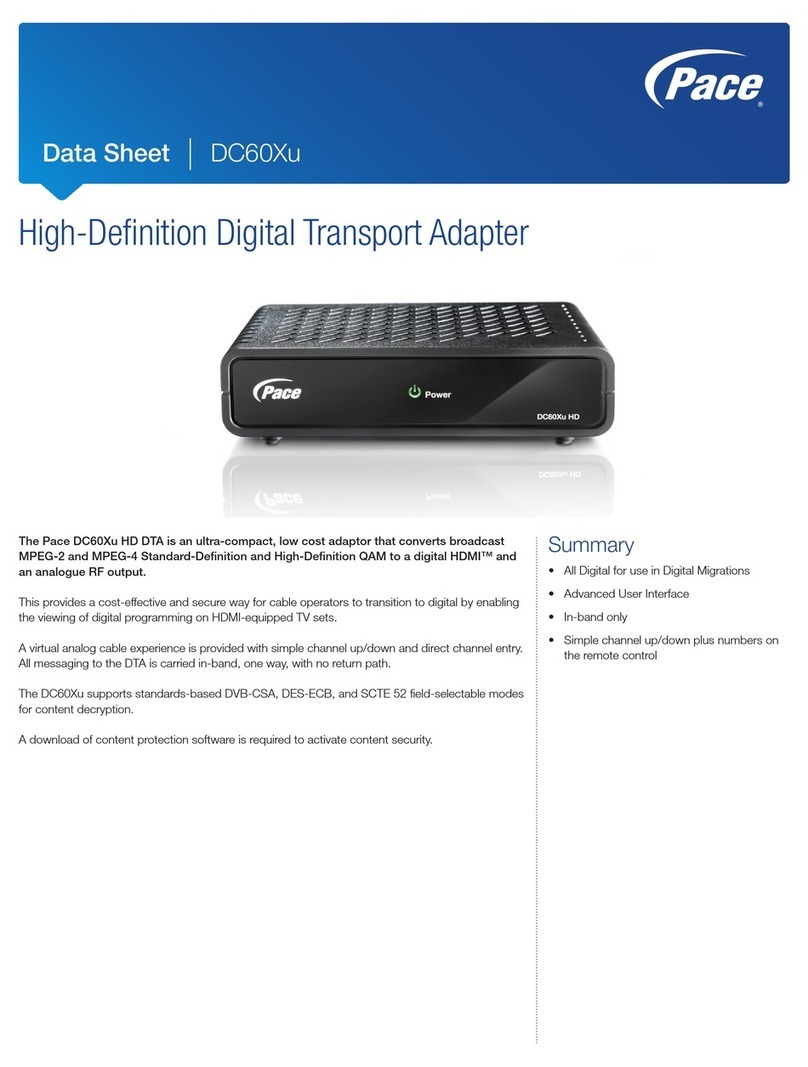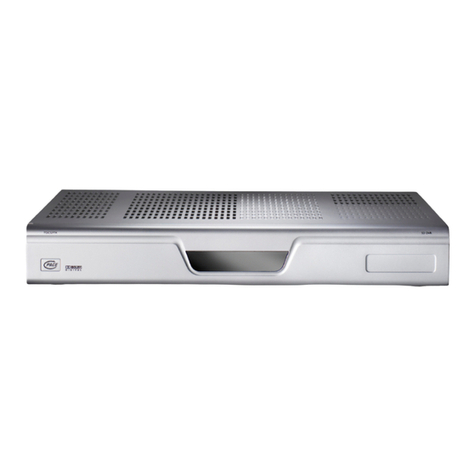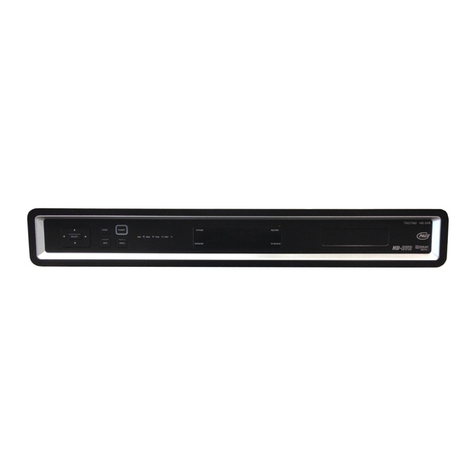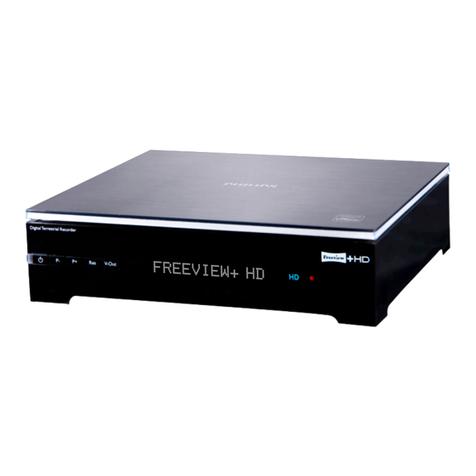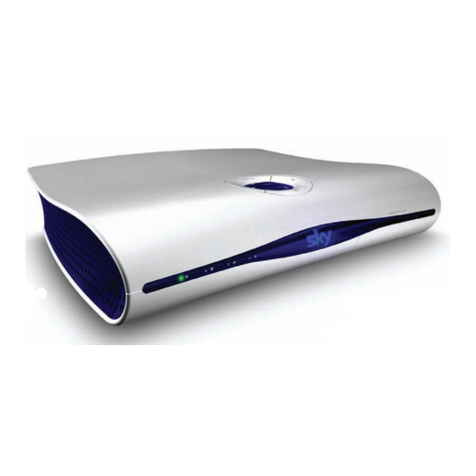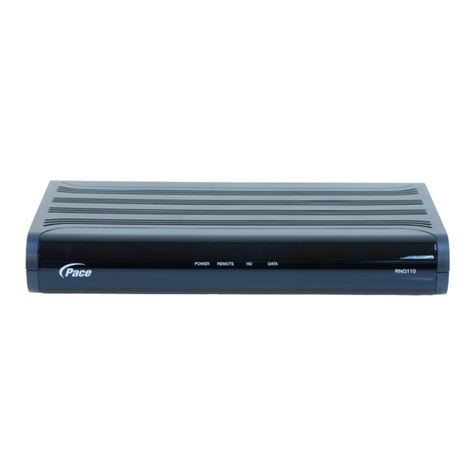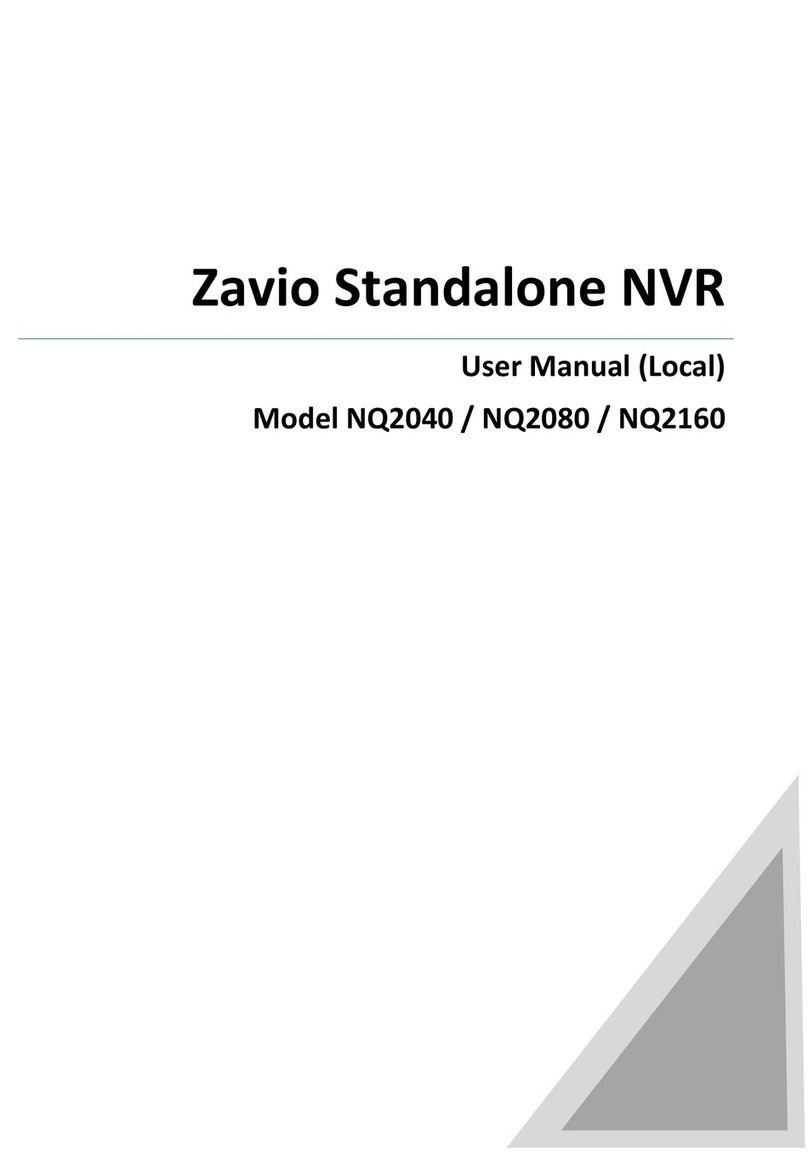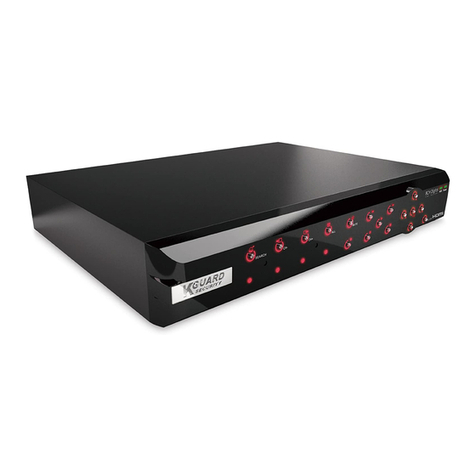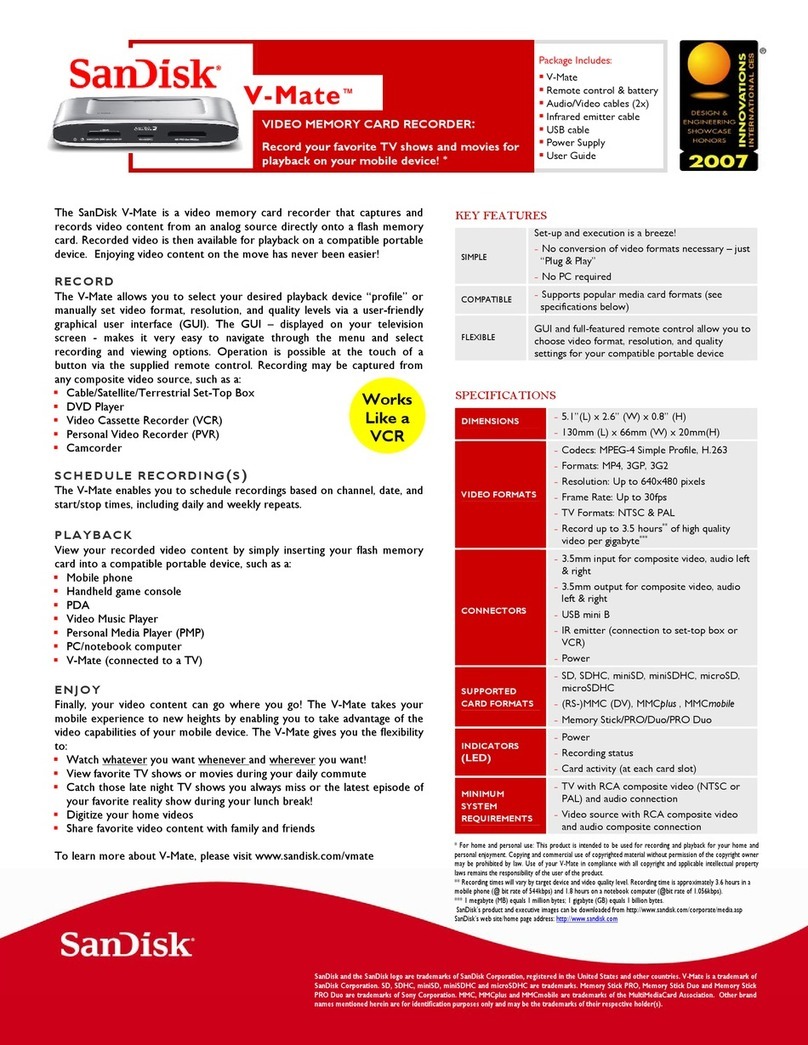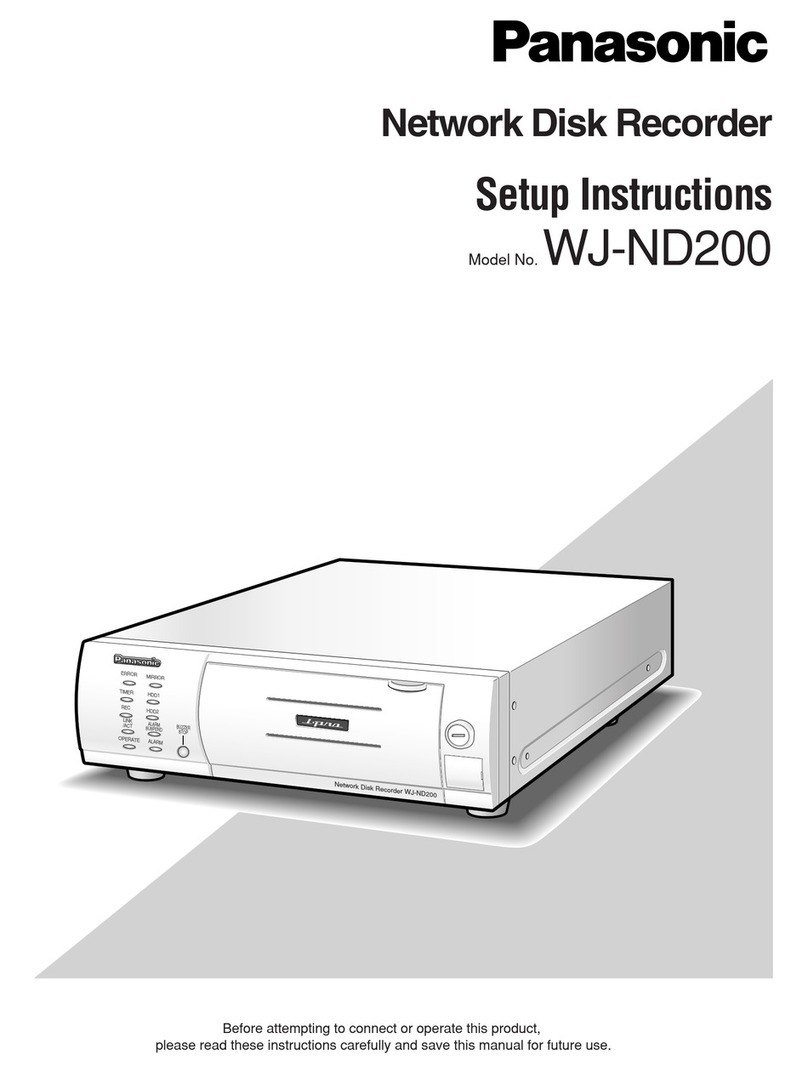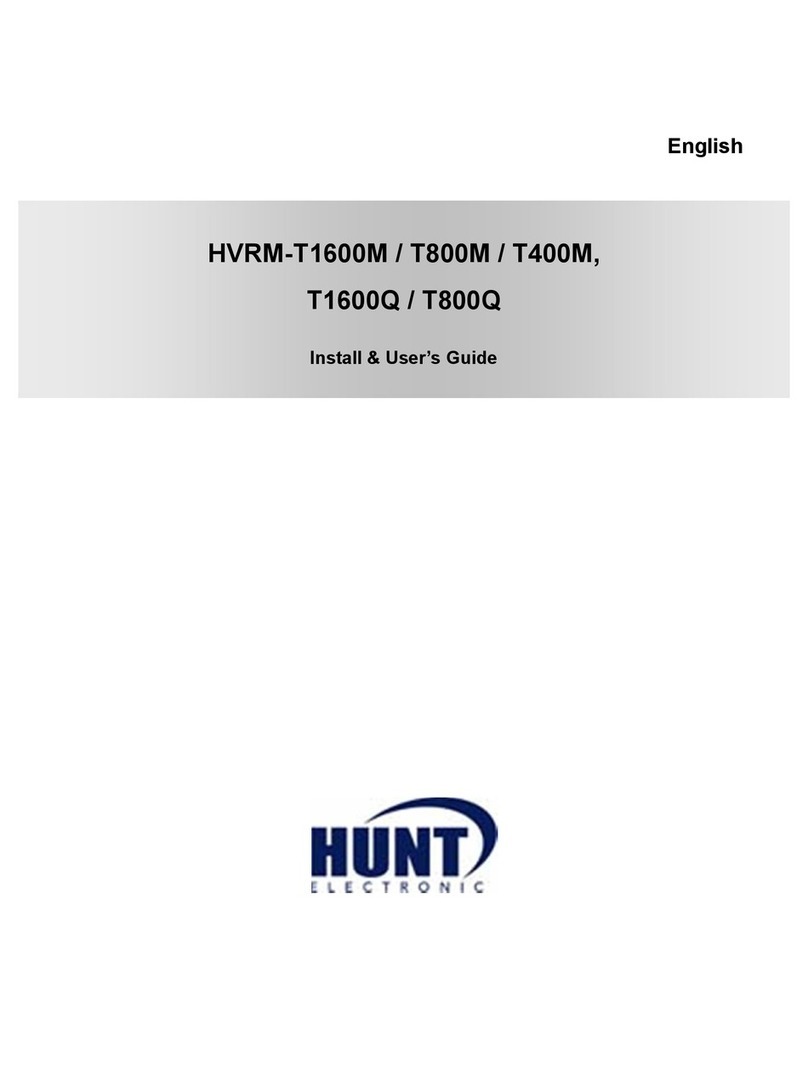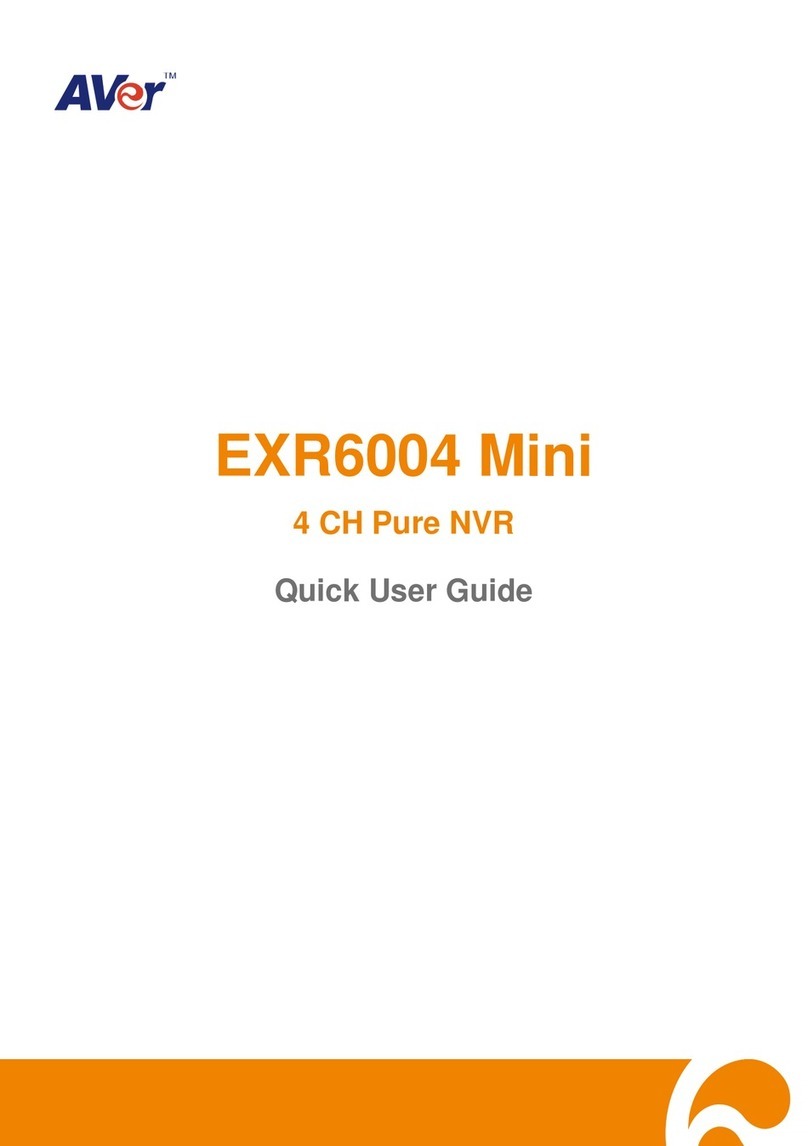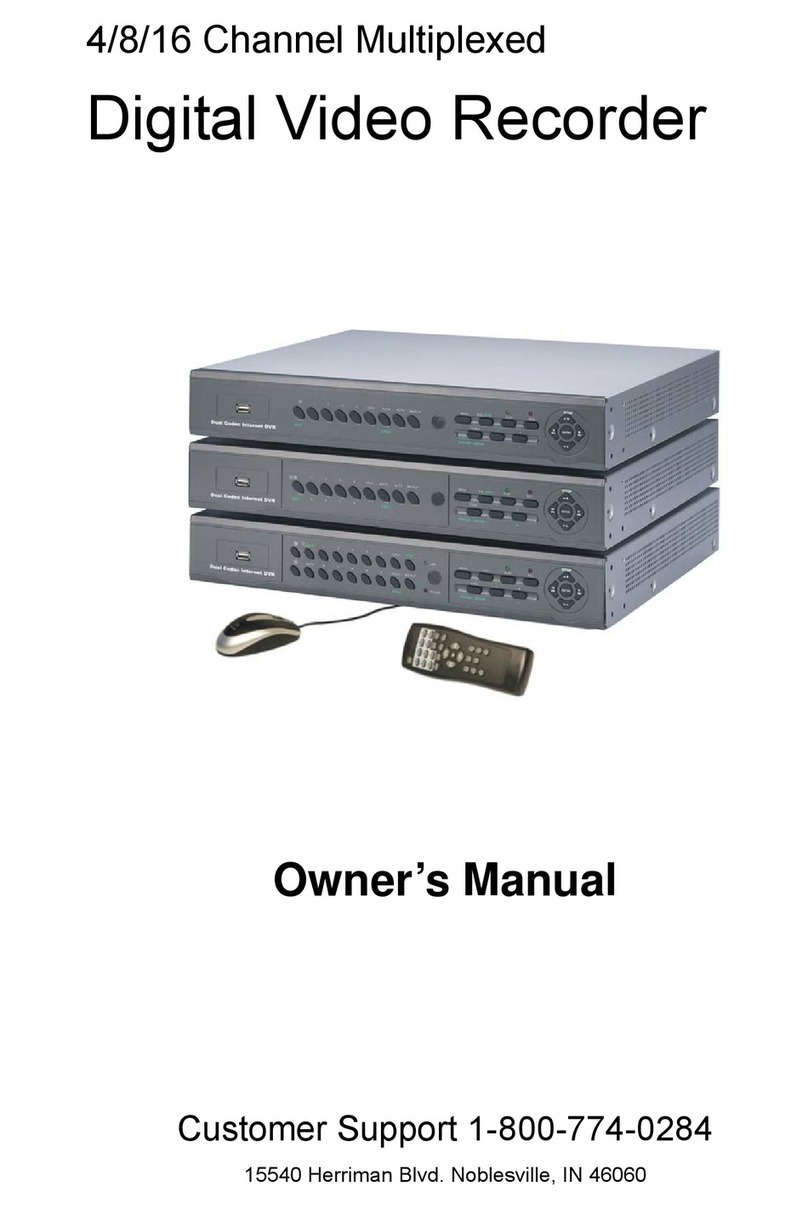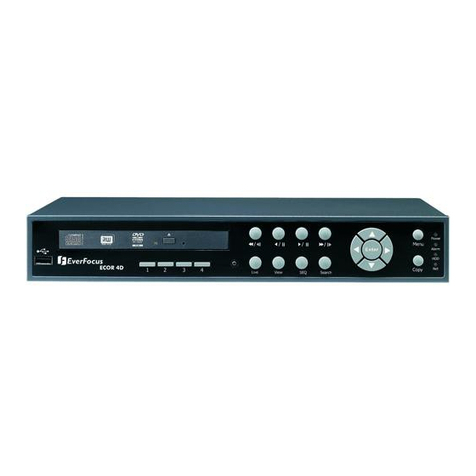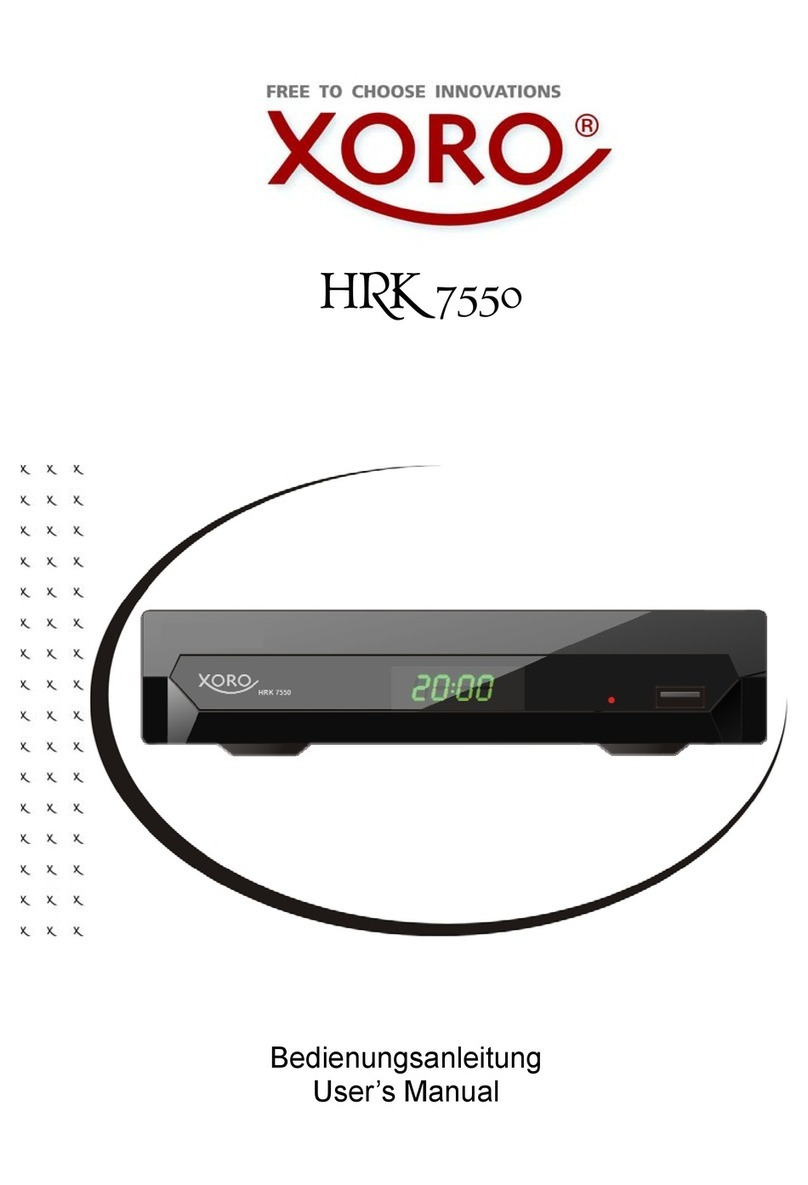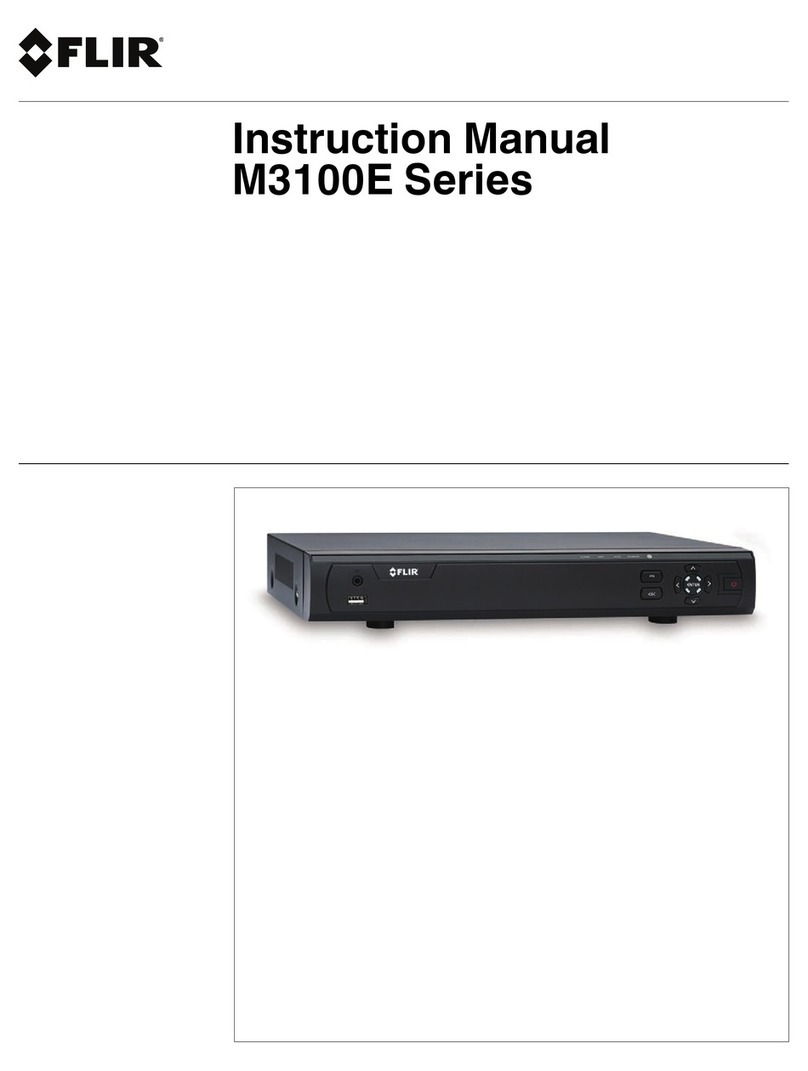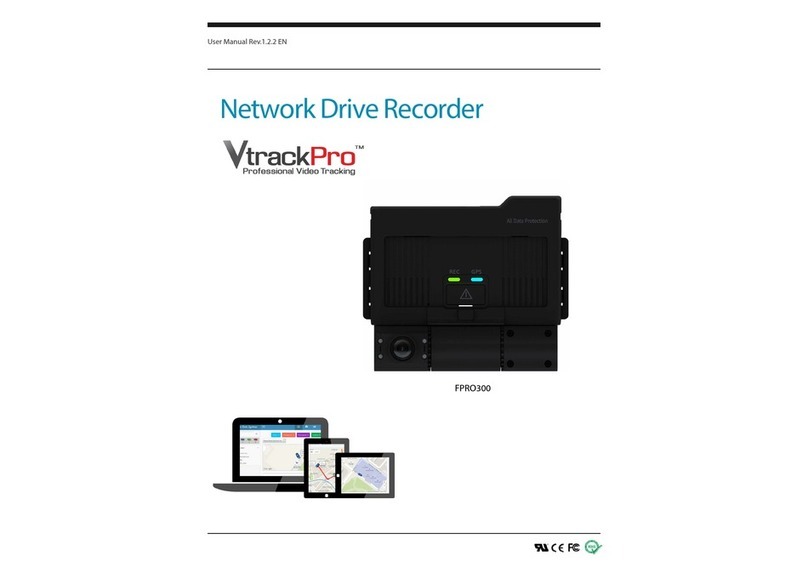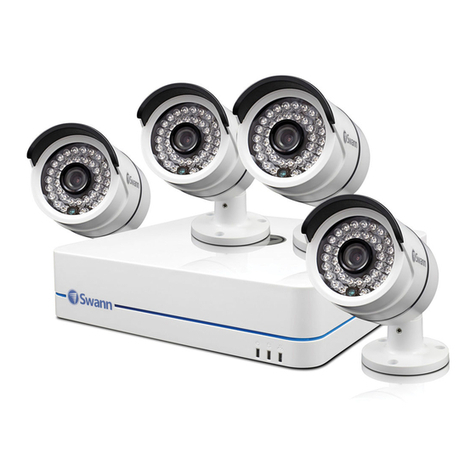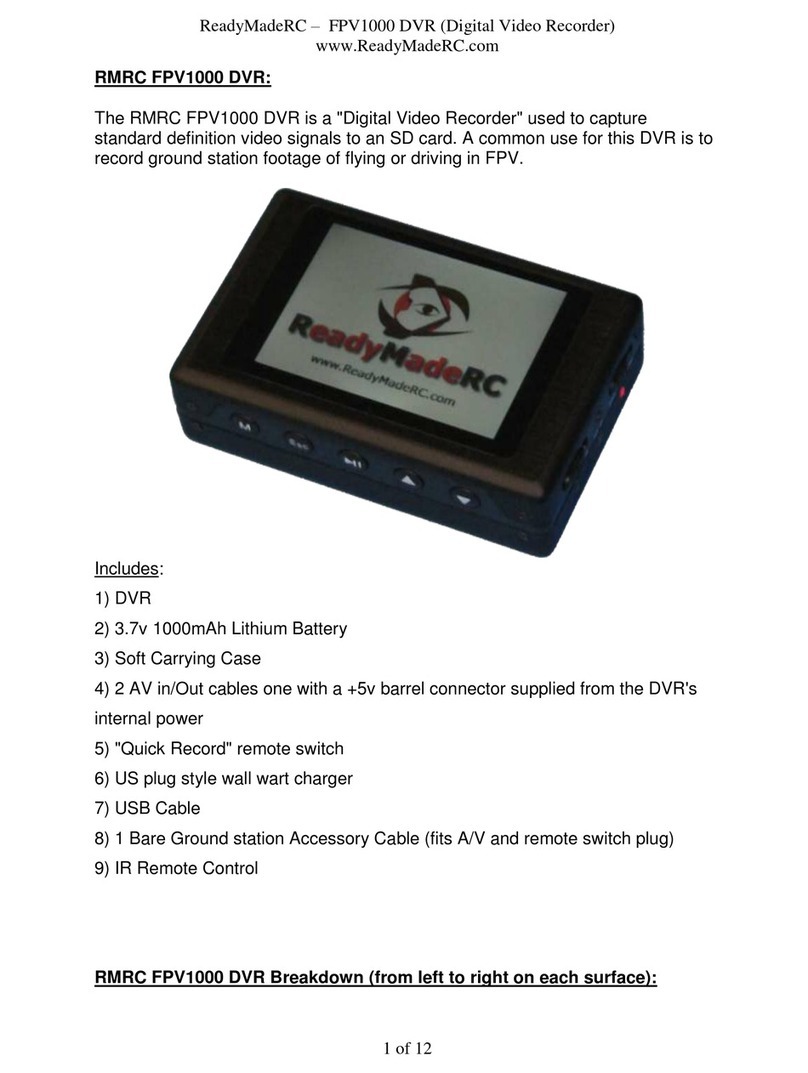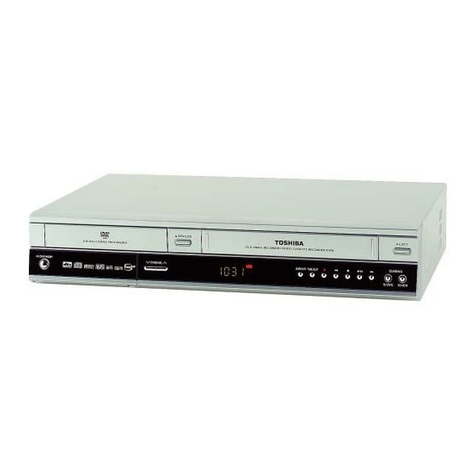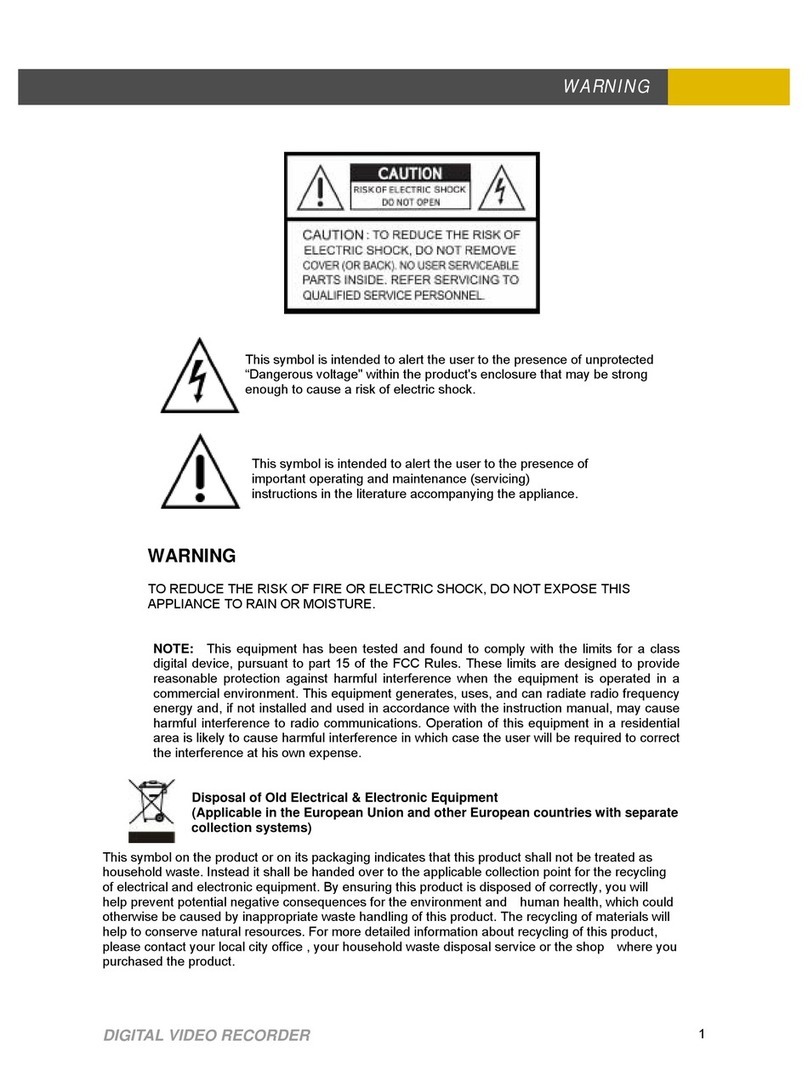
7
SAFETY INFORMATION (cont.)
Epilepsy and on-screen images
Certain people are susceptible to epileptic seizures or losing
consciousness when faced with certain types of flashing lights in
our daily environment.
These people are exposed to the risk of seizures if they watch
certain television images or if they view certain images while they
are browsing the Web.These phenomena may appear even when
the subject has no previous history of this problem or has never
suffered an epileptic seizure.
If you, or a member of your family, has already suffered symptoms
linked to epilepsy (seizure or loss of consciousness) in the presence
of stimulation by light, please consult your doctor before using this
product.
If you or any person using the equipment experiences dizziness,
involuntary movements or convulsion, please immediately stop
viewing and consult a doctor.
When you are browsing the Web or playing a Web-based game,
take the following precautions:
• Use the equipment in a well-lit room, and turn down the
brightness of your television screen.
• Sit at a reasonable distance from your television screen.
• Take a break for ten minutes every hour.
You should avoid using theWeb if you are tired or have lost some sleep.
Regulatory information
CAUTION: Do not attempt to modify your set-top without
written authorization from the manufacturer. Unauthorized
modification could void your authority to operate your set-top.
NOTE
Your set-top has been tested and found to comply with the limits for
a Class B digital device, pursuant to Part 15 of the FCC Rules.These
limits are designed to provide reasonable protection against harmful
interference in a residential installation.Your set-top generates, uses
and can radiate radio-frequency energy and, if not installed and used
in accordance with the instructions, may cause harmful interference to
radio communications.
However, there is no guarantee that interference will not occur in a
particular installation. If your set-top does cause harmful interference
to radio or television reception, which can be determined by turning
your set-top off and on, you are encouraged to try to correct the
interference by one or more of the following measures:
• Reorient or relocate the receiving antenna.
• Increase the separation between your set-top and the receiver.
• Connect your set-top to an outlet on a circuit different from that to
which the receiver is connected.
• Consult your dealer or an experienced radio/TV technician for help.
